Novosibirsk: Centre of Russia, Wooden Architecture and Pelmeni
Novosibirsk, the unofficial capital of Siberia, is the third most-populous city in Russia after Moscow and St. Petersburg. Moreover, it is the most fast-growing city in the country. The mark of one million inhabitants was surpassed here in just 70 years, breaking the record of Chicago. Being the largest industrial center, home to the famous Yak, MiG, Su fighter aircrafts and one of the leaders of the Russian scientific life, Novosibirsk also boasts of the largest theatre in the country and the status of the cultural capital of Siberia.
Отели города Novosibirsk
See all
Restaurants

#SIBIRSIBIR
Restaurant
+7 383 2091209
Payment methods:

BEERMAN NA KRYShE
Restaurant • Sushi bar
+7 383 3493349
Payment methods:

BEERMAN NA REChKE
Restaurant • Banquet room • Sushi bar
+7 383 3493349
Payment methods:

BEERMAN&GRILL
Restaurant
+7 383 2201220
Payment methods:
All sights in NovosibirskSee all
Places of interest in Novosibirsk

Park of Glory
Other places
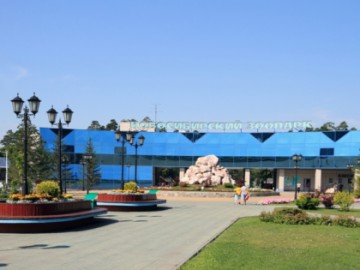
Novosibirsk Zoo
Parks and recreation • Other places
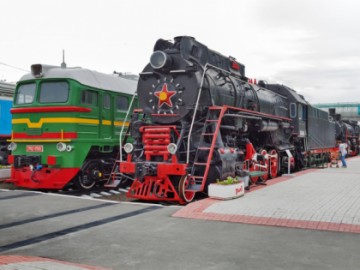
Museum of Railway Equipment
Museums and Exhibitions • Other places
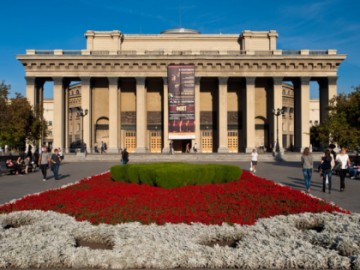
Opera and Ballet Theatre
Other places
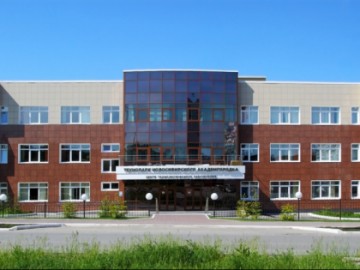
Akademgorodok
Other places
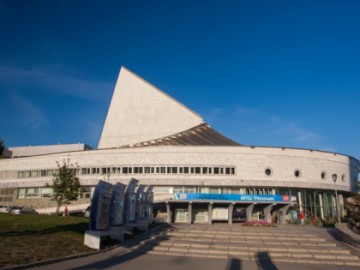
Novosibirsk Globus Theatre
Other places
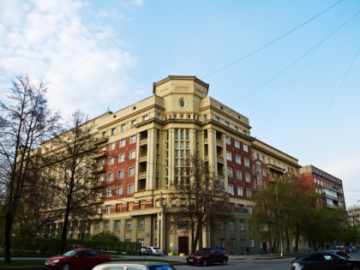
The 100-Flat Building
Architectural Monuments • Other places

Alexander Nevsky Cathedral
Architectural Monuments • Temples and places of worship • Cathedrals and churches • Other places
Nearby
Cities near Novosibirsk



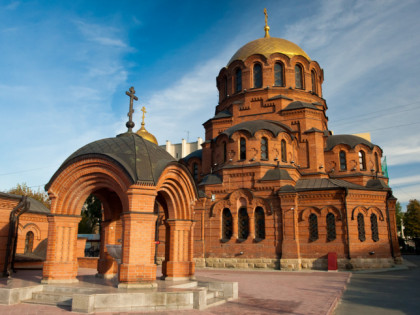

 Museums and Exhibitions
Museums and Exhibitions
 Parks and recreation
Parks and recreation
 Other places
Other places
 Architectural Monuments
Architectural Monuments
 Temples and places of worship
Temples and places of worship